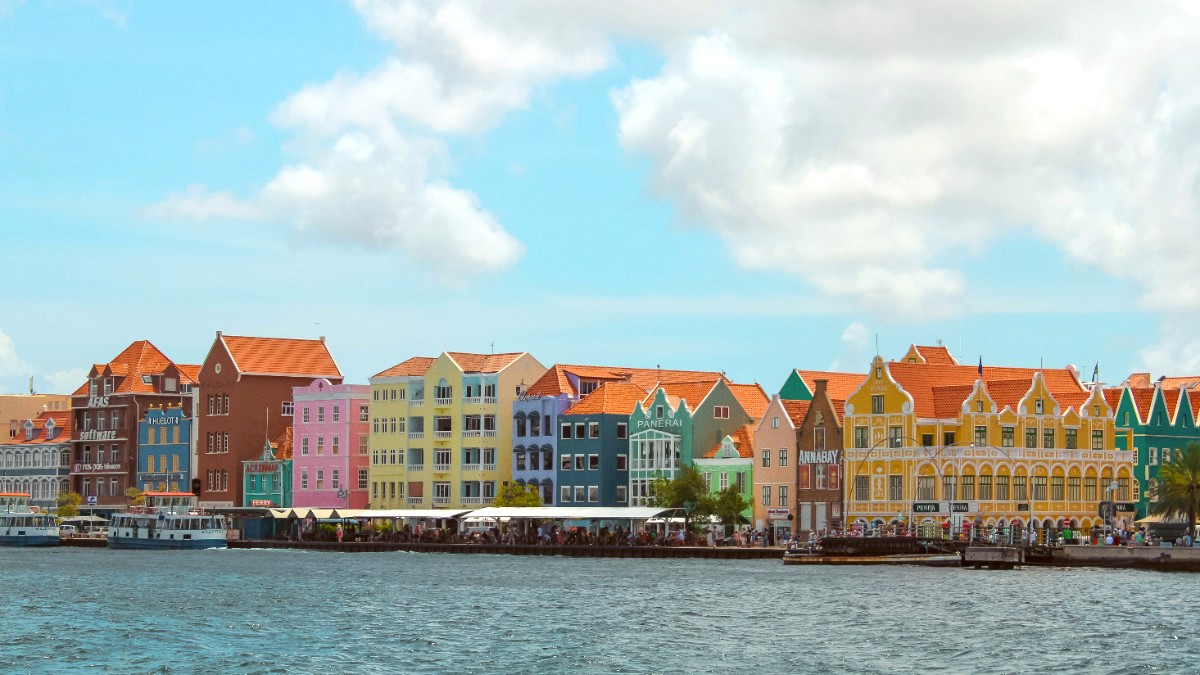
Aruba Bonaire And Curacao
From the consistent trade winds that draw windsurfers and kitesurfers to its unique land animals like wild donkeys and pink flamingos, Bonaire has a distinct charm. It is a destination that prioritizes preserving its natural beauty, so visitors find an unspoiled environment and return home refreshed. Plan a trip here to discover an island where nature is respected, and adventures are always within reach.
The island was first inhabited by the Arawak people, with ancient rock paintings found in various locations. European contact began in 1499 when Alonso de Ojeda's expedition arrived. The Spanish claimed the island but found little gold, mainly finding a place to keep cattle and export timber. In 1636, the Dutch West India Company took control of Bonaire, mainly for its valuable salt pans. This period saw intensive salt production, which called for a significant labor force.
Enslaved Africans were brought to the island to work in these harsh conditions, their legacy remaining visible in the small stone slave huts dotting the southern landscape. After the abolition of slavery in 1863, the salt industry continued, though the island experienced economic shifts. In the 20th century, Bonaire remained part of the Netherlands Antilles. In 2010, with the dissolution of the Netherlands Antilles, Bonaire became a special municipality of the Netherlands, giving it an unique status within the Dutch Kingdom. This history shaped Bonaire's culture, leading to an unique blend of Dutch, Caribbean, and South American influences, evident in its Papiamentu language, cuisine, and relaxed lifestyle. The island's deep dedication to conservation also stems from its past, as residents learned to live sustainably with limited resources.
The island’s entire coastline, and the waters around Klein Bonaire, are part of the Bonaire National Marine Park. This long-standing dedication to marine protection means healthy coral reefs, abundant fish, and an unspoiled underwater world.
With over 86 marked dive sites accessible from shore, Bonaire has unparalleled ease for underwater exploration. Divers can simply drive up, gear up, and walk into the water. Visibility is consistently excellent, and marine life is diverse and plentiful, including sea turtles, parrotfish, and various coral species.
Lac Bay is world-renowned for its perfect conditions, with shallow, calm waters and consistent trade winds.
Washington Slagbaai National Park protects cactus forests, rugged hills, and blowholes. Home to wild donkeys, iguanas, and flamingos.
Kralendijk has colorful Dutch colonial architecture, waterfront shops, and diverse restaurants. Island pace is relaxed. Papiamentu, English, and Dutch are spoken.
The United States Dollar (USD) is the official currency, simplifying transactions for many international travelers.
Bonaire champions sustainable tourism. Visitors are welcome to respect the environment, use Reef-safe sunscreens, conserve water, and support local businesses.
Bonaire presents a different kind of Caribbean vacation—one where nature's wonders are prominent, and a calm atmosphere makes for true relaxation and adventure.
Kralendijk, the capital, is a charming town with colorful Dutch colonial architecture, waterfront shops, and diverse restaurants.
The Donkey Sanctuary Bonaire offers a haven for rescued donkeys and a pleasant visit.
Images below reflect the essence of Bonaire: its capital, the unique salt pyramids, and the popular Lac Bay.
Experience the captivating beauty of Bonaire through its diverse landscapes and culture.
These images capture the distinct features of the island, from its charming capital to its natural and industrial landmarks.
buildings and tranquil waters.
Iconic white salt formations against the blue sky.
A hub for windsurfing and kitesurfing.
The images below capture the distinct charm and diverse beauty of Bonaire's landscape and activities.